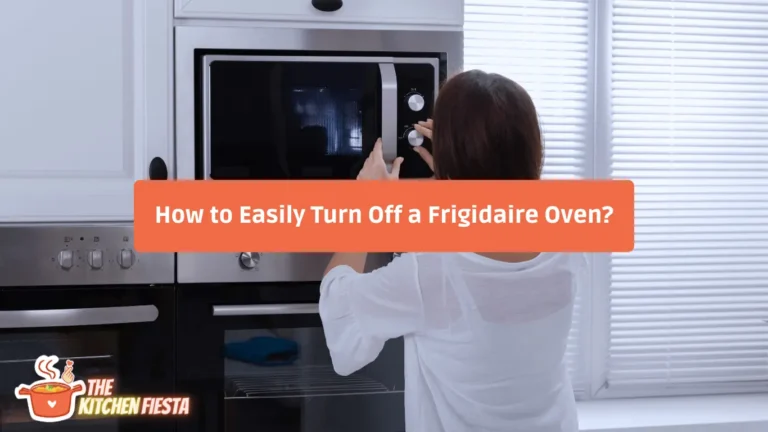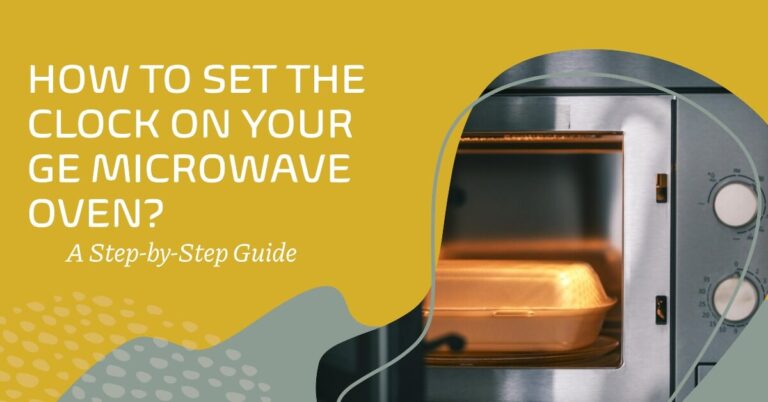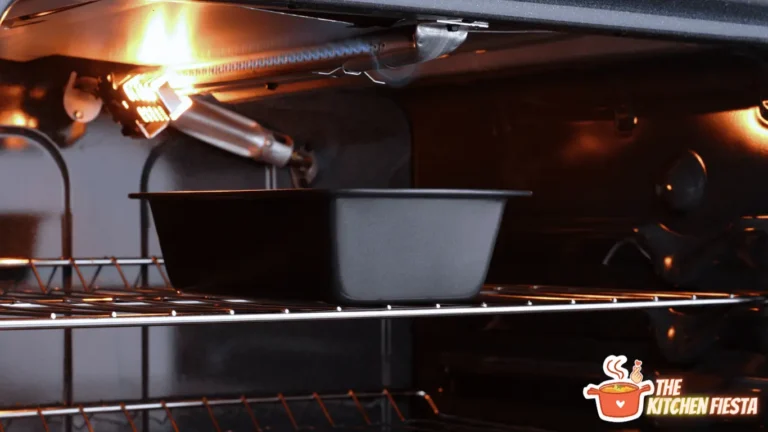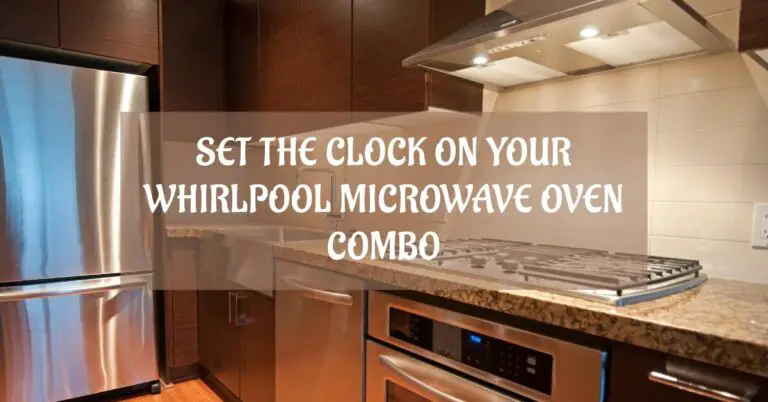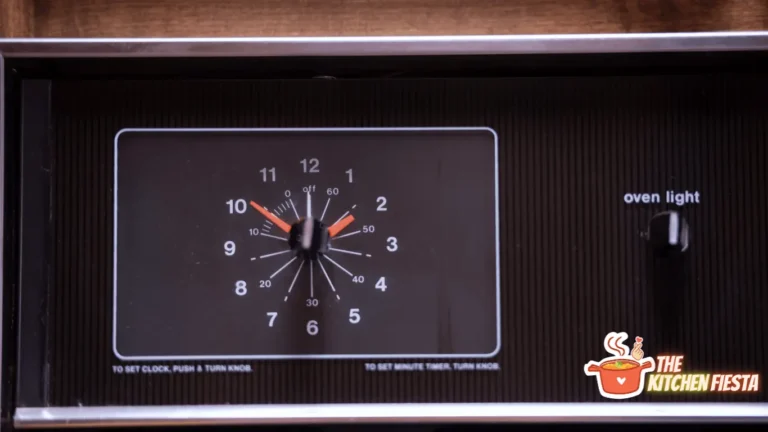Can You Replace Just the Microwave in a Microwave/Oven Combo?
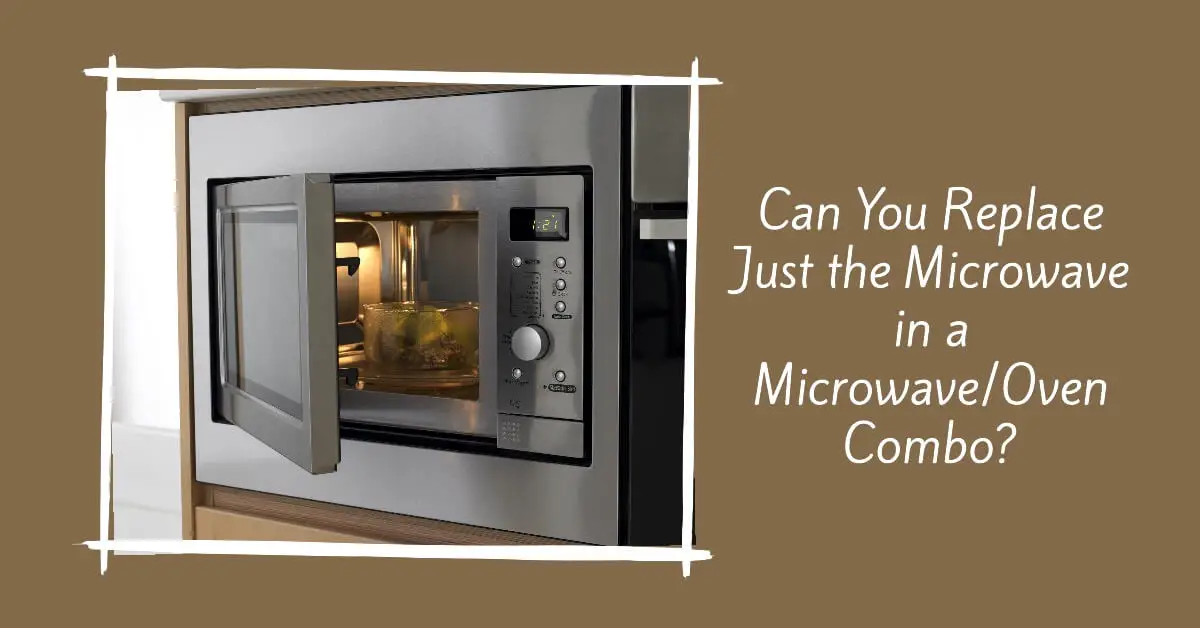
Have you ever faced the frustrating situation where the microwave stops working in your combination microwave/oven unit, but the oven still works perfectly fine? As appliances age, it’s common for one component to break before the others. But what do you do when it’s the microwave that goes kaput?
Can you replace just the microwave part of a microwave/oven combo appliance?
The short answer is maybe – it depends on the specific model and installation. While it is possible to replace only the microwave in some combo units, there are several factors that determine whether this is feasible. In some cases, replacing the entire microwave/oven combo unit may be required.
In this comprehensive guide, we’ll cover everything you need to know about replacing a microwave in a combination wall oven/microwave, including:
- How microwave/oven combos work
- Reasons to replace just the microwave
- Challenges of replacing just the microwave
- Steps for replacing the microwave component
- Purchasing considerations for a new microwave
- When it may be necessary to replace the entire unit
- Cost comparison of partial vs. full replacement
- Signs that the whole oven/microwave combo needs replacement
- FAQ answers about replacing the microwave
Let’s start by looking at what exactly a microwave/oven combo appliance is and how the two components operate.
How Do Microwave/Oven Combos Work?
A microwave/oven combo unit combines a microwave oven and traditional oven into one integrated appliance. Major brands like GE, Whirlpool, and Frigidaire make combination units that are designed to sit in a standard wall oven cut-out.
The microwave and oven each have their own doors, controls, and internal components. The microwave uses microwave energy to quickly heat and cook food. The convection oven uses electric heating elements and a fan to bake, broil, and roast.
Though housed together in one cabinet, the microwave and oven function independently. Most combos allow you to use both features simultaneously. Electrical power is supplied separately to the microwave and oven.
Some key advantages of microwave/oven combos include:
- Save space over having separate microwave and oven
- Flexibility to microwave or bake
- Cost savings over buying two separate appliances
However, one disadvantage is the inability to replace just one component if it stops working properly. Let’s look closer at that issue.
Reasons You May Want to Replace Just the Microwave
Here are some common scenarios that prompt homeowners to consider replacing only the microwave portion of a malfunctioning microwave/oven combo unit:
- The microwave stops heating or malfunctions, but the oven still works normally. This is a very common occurrence as microwaves tend to have a shorter lifespan than ovens.
- You want to upgrade to a more powerful or larger capacity microwave but the oven meets your needs.
- The microwave’s exterior is dated or blemished but the oven appearance and function is fine.
- You want to replace the microwave with a newer model with more features but the oven is still in good condition.
- The cost of a new microwave is significantly less than replacing the entire combo unit. This can save on both the appliance cost and installation labor.
Replacing just the microwave may seem like an attractive option in these situations. But there are some significant challenges to keep in mind.
Challenges of Replacing Just the Microwave Component
While replacing only the malfunctioning microwave in your combo unit might seem like a simple solution, there are some potential obstacles to be aware of:
- In many combos, the microwave and oven are wired together so they cannot be easily separated. This would require disconnecting both appliances to remove the microwave.
- The combo unit may have been specially designed and built into your cabinetry. A standard solo microwave might not fit the opening without major modifications.
- You’ll need to find a replacement microwave that is compatible with the remaining oven in terms of dimensions, electrical supply, and the control panel interface.
- Appliance manufacturers usually sell microwave/oven combos as one integrated model. There may not be an “official” matching solo microwave available. Custom modifications would be required.
- Labor costs can be significant as an appliance technician may need to disconnect both the microwave and oven and re-wire the oven after the microwave is removed.
In many cases, the obstacles make replacing only the microwave portion of a combo unit impractical or even impossible. But let’s look at the steps involved if you do want to attempt it.
Steps to Replace the Microwave in a Combo Unit
If you want to try replacing only the faulty microwave in your microwave/oven combo, here are the basic steps involved:
- Determine if the microwave and oven are separate electrical appliances – Consult the manufacturer specifications to verify whether the microwave can simply be unplugged or disconnected from the oven. If they are wired together, the process will be much more involved.
- Measure the opening and available space – The existing combo dimensions, especially height, may only accommodate another integrated unit. Make sure a standard solo microwave will fit.
- Hire an appliance repair technician – Have an experienced technician remove the malfunctioning microwave by disconnecting it from the electrical system and any shared components with the oven.
- Install the replacement microwave – The technician will install the new solo microwave and make any needed adjustments to wiring, venting, and the control panel. Test to make sure it functions properly.
- Have the oven checked – Verify that the oven still works properly after the microwave is removed. The technician may need to recalibrate or adjust the oven.
Finding a suitable replacement microwave that will integrate with your existing combo unit can be tricky. Let’s look at the purchasing considerations.
Buying a Replacement Microwave for a Combo
Shopping for a solo microwave to replace the broken one in your microwave/oven combo takes some careful matching:
- Look for a microwave with the identical interior cubic feet capacity and turntable size if possible.
- Match the exterior dimensions, taking into account width, height, and depth.
- Choose a model with a similar finish like stainless steel or black.
- Get the same or higher microwave wattage for adequate heating power.
- Make sure the electrical voltage and amps match up. Some combos require separate 220v or 240v circuits.
- Consult the manufacturer’s instructions to find an approved replacement microwave model that will align with the combo cabinet cut-out and interface properly.
- Purchase a matching trim kit surrounding the microwave if needed to fill in any gaps.
- Consider a commercial grade or more heavy-duty microwave that can better withstand the workload and lifetime of the oven.
With careful shopping, you may be able to find an aftermarket microwave that is compatible with your oven/microwave combo. But be prepared for an uphill battle trying to match up the specifications. In many cases, you’ll find it’s easier to just replace the entire combo unit.
When You Should Replace the Entire Microwave/Oven Combo
Despite your best efforts to find a suitable replacement microwave, here are some situations where replacing the entire oven/microwave combo as one unit is the better choice:
- The microwave and oven are integrated into one appliance and can’t be electrically or physically separated. Everything would need to be disconnected and rewired to swap out the microwave which may not be possible.
- The opening and interior cabinetry were built specifically for that make and model of combo unit. No standard solo microwave will fit without making major modifications to the cabinetry.
- You have an older legacy combo and finding a matching solo microwave is no longer available. Technology has changed and you may need to replace both pieces to get modern functions.
- You’re doing a major kitchen remodel. It may be easier and better for resale value to replace the entire microwave and oven with new matching appliances.
- You decide you want separate units like a countertop microwave and wall oven instead of another combo.
In these cases where the whole combo unit needs replacement, you’ll have to weigh the costs.
Cost Comparison of Replacing Microwave vs. Entire Combo
Here is a general cost overview of replacing just the microwave portion vs. the entire microwave/oven combo unit:
Microwave Replacement
- Microwave appliance: $200-500
- Trim kit: $50-150
- Technician labor: $200-300
- Total estimate: $450-950
Microwave/Oven Combo Replacement
- New combo unit: $1000-2000
- Removal and installation: $300-500
- Electrical or cabinet modifications: $200-500
- Total estimate: $1500-3000
As you can see, replacing only the microwave can result in significant cost savings, provided you can find a unit that fits properly. However, there’s a risk of unexpected issues turning a seemingly simple microwave swap into a lengthy hassle and added expenses.
Carefully consider all the factors before deciding whether to replace the microwave or the entire oven/microwave combo. Speaking of which, let’s look at some signs that point to replacing the whole combo unit.
Signs You Should Replace the Entire Oven/Microwave Combo
Here are some red flags that indicate it’s time to replace your entire microwave/oven combo rather than trying to revive it with a new microwave:
- The oven portion is malfunctioning frequently too. Repair costs are mounting and it’s aging out.
- The combo unit is very outdated. Upgrading to a fresh unit with modern conveniences sounds more appealing.
- You prefer the look and functionality of new combo models with features like convection cooking.
- You want to change to separate kitchen appliances like a countertop microwave and wall oven.
- The manufacturer no longer supports your old combo model. Parts and service information are hard to find.
- You’re having your kitchen professionally remodeled. It’s easiest to replace everything at once.
- Electrical or ventilation requirements have changed. A new appliance will meet current codes.
- You need a wider oven and larger microwave capacity than your existing combo.
When several of these factors stack up, it becomes clearer that purchasing a brand new microwave and oven combo is the better investment compared to sinking money into trying to salvage and mismatch old appliances.
We’ve covered a lot of ground, so let’s recap some key questions and answers about replacing a microwave in a combo unit.
FAQ About Replacing a Microwave in a Combo
Here are answers to some of the most frequently asked questions homeowners have about their microwave/oven combo appliances:
Can I replace a microwave in a combination unit?
Maybe. If the microwave and oven are separate appliances that can be disconnected and rewired separately, then a replacement microwave can be installed. But often they are integrated together so the whole unit needs replacement.
Do I have to get the same brand of microwave?
No, but it’s ideal to match the same specifications and features as closely as possible. Consult manufacturer guidelines for approved models.
What are the steps to replace a microwave in a combo unit?
You’ll need to measure carefully, disconnect the wiring, remove the old microwave, install the replacement, rewire the oven, and test operation. Often a technician is required.
Will a standard microwave fit my combo cabinet opening?
Maybe not. Combos are usually customized for that opening. Confirm a solo microwave will align with no gaps or modifications needed.
Is it cheaper to just replace the microwave?
Often yes. But there can be added expenses like cabinet alterations, so compare quotes for microwave swap vs. combo replacement.
Should I just replace my old microwave/oven combo?
If your oven is faulty too or you want to upgrade both, replacement makes sense. Weigh costs of repair vs. new purchase.
What are signs I need a whole new combo appliance?
Frequent oven repairs, outdated features, inability to find replacement parts, desire for new double oven or convection modes.
Can I convert my combo to a microwave and wall oven instead?
Yes, but cabinet modifications are required. Make sure to consult an electrician to ensure proper wiring for separate units.
Hopefully this Q&A helps summarize the key considerations around replacing only the microwave portion of your microwave/oven combo.
Conclusion: Is a Microwave Replacement Worthwhile?
Fixing small kitchen annoyances like a broken appliance always sounds simpler than it often turns out. While swapping a malfunctioning microwave in a microwave/oven combo is possible in some cases, there are several roadblocks that may make it extremely difficult or impractical.
Consider factors like electrical wiring intricacies, cabinet measurement constraints, product compatibility, and the age of your existing oven before attempting to install a standalone microwave into your combo unit. Repair and installation costs can escalate quickly.
In many situations, it actually makes better financial and functional sense to replace the entire microwave/oven combo with a brand new matching unit. This eliminates any guesswork and risks. However, be sure to get upfront estimates from appliance technicians for this approach as well.
With good planning, you can decide whether to attempt the DIY microwave replacement challenge, or make the smarter investment in an improved modern microwave/oven combo that will meet your family’s cooking needs for years to come.

